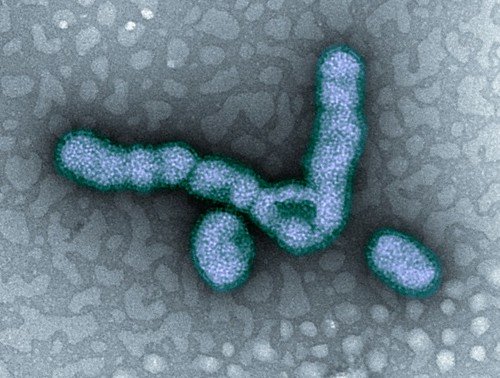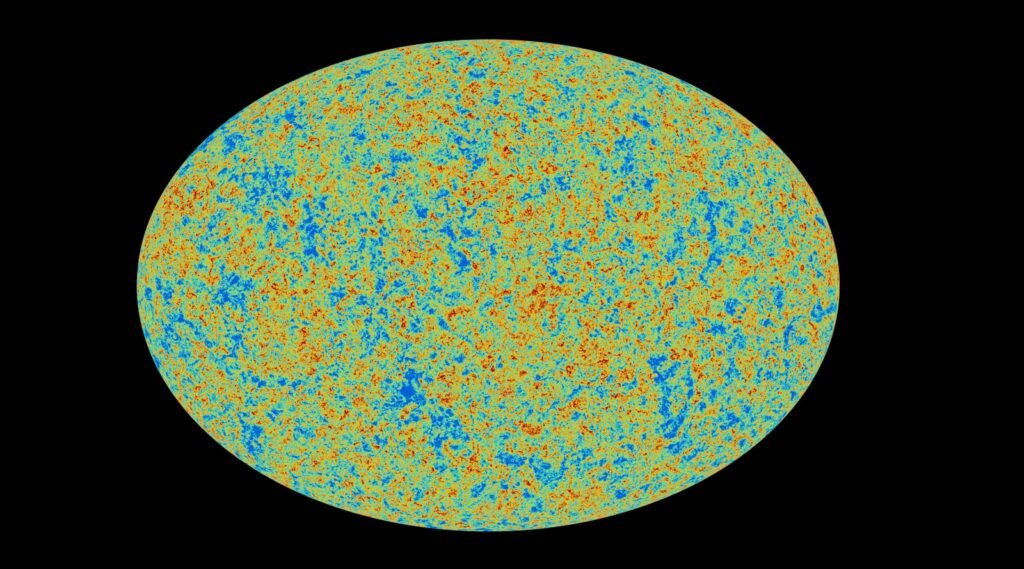Imagine this: a single tiny virus, invisible to the naked eye, can set off a global domino effect, sending scientists into a frenzied race against time. Each year, the world waits with bated breath to see if science will outsmart the ever-evolving flu. But what happens behind the scenes, and why does it sometimes feel like pure luck when the flu shot works? The story of predicting the next flu strain is a blend of high-stakes detective work, immense pressure, and an ever-present risk of being just one mutation behind.
The Shape-Shifting Enemy: Why the Flu Is So Hard to Predict
The influenza virus is a master of disguise. Its surface proteins—hemagglutinin (H) and neuraminidase (N)—are constantly changing. This process, known as antigenic drift, is like a thief always changing their appearance to evade capture. Even the tiniest genetic tweak can create a new flu strain that our immune systems don’t recognize. For scientists, this means the target is always moving. The unpredictability is both fascinating and terrifying—no two flu seasons are ever exactly alike.
Global Surveillance: The Flu’s Early Warning System
All over the world, a vast network of laboratories acts as the flu’s watchtower. The World Health Organization (WHO) coordinates these sites, collecting samples from people with flu-like symptoms on nearly every continent. Scientists analyze these samples, looking for unusual patterns or emerging strains. It’s a gigantic puzzle, with pieces arriving daily from airports, hospitals, and clinics. The goal is to spot trouble before it spreads, but the flu doesn’t wait for anyone.
The Twice-Yearly Flu Summit: Decision Time
Every year, scientists from around the globe gather for two major meetings—one in February for the northern hemisphere and one in September for the southern. Here, they sift through mountains of data, debating which flu strains are most likely to wreak havoc in the coming season. The stakes are sky-high: their decision will shape the composition of millions of vaccine doses. It’s a little like betting on a horse race where the horses keep changing lanes and sometimes even switch horseshoes.
Piecing Together the Genetic Puzzle
Modern technology lets scientists sequence the genetic material of flu viruses in record time. By comparing these genetic codes, they can track how the virus is mutating and spreading. Think of it like detective work—analyzing fingerprints at a crime scene, but with RNA instead of fingerprints. If two samples look eerily similar, they may have come from the same outbreak. But a sudden, unexpected mutation can throw off all predictions.
Animal Reservoirs: The Wild Card Factor
The flu virus doesn’t just circulate in humans. Birds and pigs are its favorite hiding spots. Sometimes, a virus jumps from animals to humans, creating a brand-new strain. These so-called “zoonotic” jumps are the wild cards of flu prediction. A single farm in China or a flock of birds in Europe can send shockwaves through the scientific community. Monitoring animals is just as important as watching people—and sometimes even more unpredictable.
Data Overload: Making Sense of Millions of Samples
Imagine trying to pick out the next big hit song from millions of tracks on the radio. That’s a little like what flu scientists face every year. They sift through countless samples, looking for patterns that might signal a coming threat. Advanced computer models help process this avalanche of data, but the sheer volume is overwhelming. One overlooked mutation can mean the difference between a mild and a severe season.
Computer Modeling: Predicting the Unpredictable
Using computers, scientists simulate how different flu strains might spread through populations. These models take into account everything from travel patterns to vaccination rates. It’s like running a thousand “what if” scenarios at once. But even the best models can’t account for every twist and turn. Sometimes, the flu virus takes a left turn when everyone expects it to go right.
Vaccine Production: Racing Against the Clock
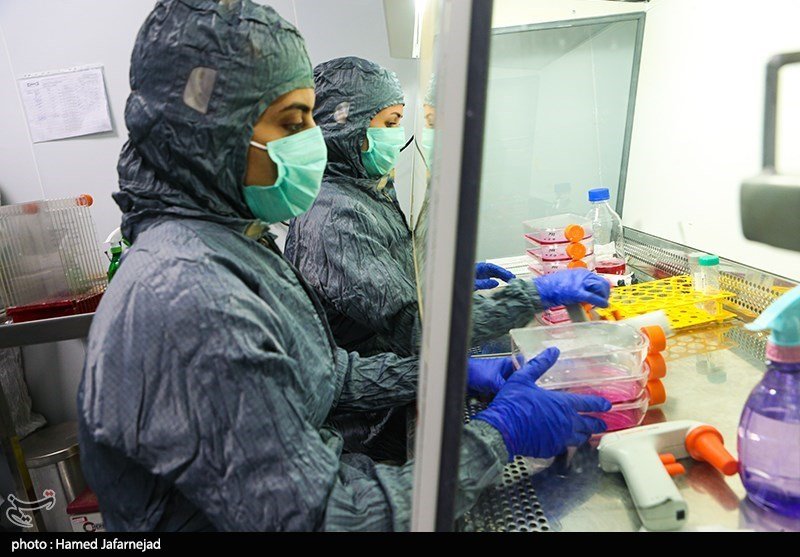
Once the target strains are chosen, the real race begins. Vaccine manufacturers need about six months to grow, purify, and distribute vaccines. This tight timeline means decisions are made long before flu season actually starts. If the circulating viruses change during those six months, the vaccine’s effectiveness can drop. It’s a nerve-wracking wait, and every year brings new surprises.
When Predictions Go Wrong: The Cost of a Mismatch
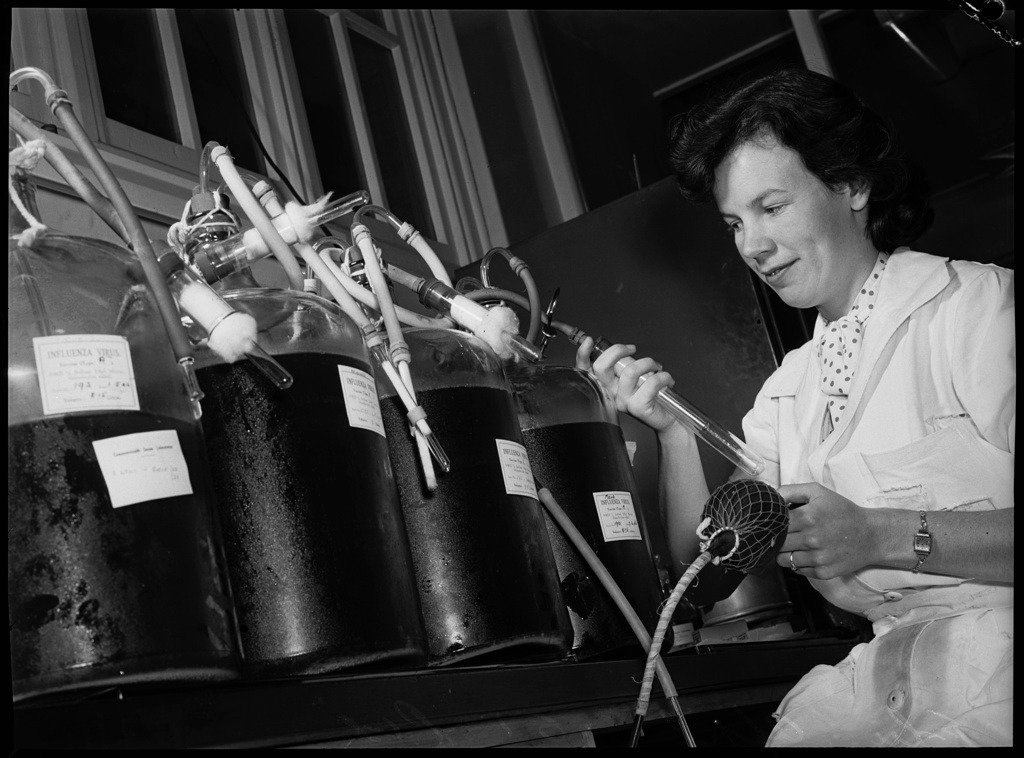
Sometimes, despite all their best efforts, scientists guess wrong. A new strain might emerge after the vaccine recipe is set—leaving millions vulnerable. In those years, more people get sick, hospitals fill up, and the headlines scream about a “bad flu season.” The frustration is palpable, both for the public and for the scientists who work tirelessly to protect them.
Real-World Examples: The 2014-2015 Flu Season
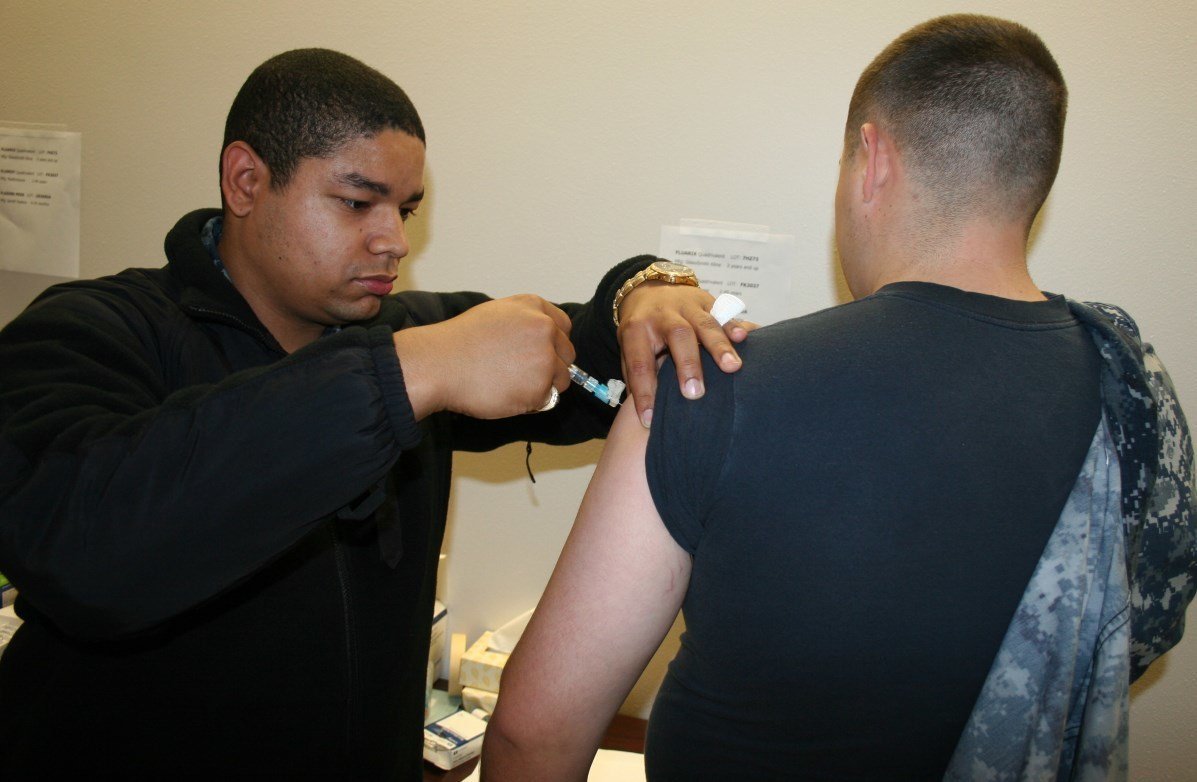
During the 2014-2015 flu season, the chosen vaccine strains didn’t match well with what actually ended up circulating. Hospitals were overwhelmed, and the vaccine’s effectiveness dropped to just 19%. This wasn’t because scientists were careless—it was simply that the virus had mutated after the vaccine was already being made. It was a harsh lesson in humility for even the most experienced virologists.
The Human Toll: Why Getting It Right Matters
A successful flu prediction can save thousands of lives. When the vaccine matches the circulating strains, fewer people end up in the hospital, and the most vulnerable—like the elderly and young children—are protected. But when predictions miss the mark, the consequences ripple through families, workplaces, and entire communities. It’s not just about science; it’s about the lives behind the statistics.
Learning from Mistakes: Adapting Strategies
Every flu season teaches scientists something new. When predictions fail, researchers go back to the drawing board, analyzing what went wrong. Did they miss an important mutation? Did surveillance fall short in a certain region? This constant learning process is what makes flu science both frustrating and exhilarating. It’s a never-ending cycle of improvement and adaptation.
Universal Flu Vaccine: The Holy Grail
Scientists dream of a “universal” flu vaccine—one that would protect against all strains, every year. This would be like building a fortress, instead of patching up holes in the wall every season. Researchers are exploring new approaches, focusing on parts of the virus that change less frequently. It’s a daunting challenge, but progress is being made, bringing hope for a future where flu season isn’t a yearly gamble.
Public Health Messaging: Managing Expectations

Communicating about flu predictions can be tricky. Scientists must balance honesty about uncertainty with the need to encourage vaccination. It’s a delicate dance: too much caution, and people lose faith in vaccines; too little, and they feel misled when effectiveness varies. Clear, honest messaging is key, reminding people that even a “mismatched” vaccine can offer some protection and save lives.
Global Cooperation: No Country Is an Island
Flu viruses don’t care about borders. That’s why international collaboration is essential. Laboratories share data, samples, and insights across continents. A new strain in one country can quickly become everyone’s problem. The spirit of global teamwork is a silver lining in the fight against flu, showing what humanity can achieve when it works together.
Vaccination Beyond the Individual: Herd Immunity
Getting vaccinated isn’t just about personal protection. When enough people are immune, the virus struggles to spread—a phenomenon called herd immunity. This protects those who can’t get vaccinated, like newborns and people with certain illnesses. Every shot in an arm is another brick in the wall against the flu’s advance, making prediction efforts even more impactful.
Rapid Response: Can We Adapt Faster?

Scientists are now working on ways to speed up the vaccine process. Techniques like cell-based and recombinant vaccines can shorten production times. In the future, it might even be possible to “tweak” the vaccine mid-season if a new strain emerges. The dream is a world where science can keep pace with the flu’s lightning-fast changes.
The Role of Personal Hygiene and Social Behavior
While vaccines are vital, individual actions matter too. Simple habits—like washing hands, covering coughs, and staying home when sick—can slow the spread of the flu. During unpredictable seasons, these small acts become especially powerful. They’re the unsung heroes of flu prevention, quietly saving lives behind the scenes.
The Influence of Climate and Travel Patterns

Flu doesn’t strike everywhere at once. Climate, travel, and urbanization all shape how the virus moves. Warm, humid climates might slow transmission, while crowded airports can spread new strains in a flash. Understanding these trends helps scientists refine their predictions and target their surveillance where it’s needed most.
Why the Flu Keeps Us Humble

At the end of the day, the flu virus remains one of nature’s great tricksters. Its ability to surprise, adapt, and outwit even our best efforts is both maddening and awe-inspiring. Each season is a fresh challenge, a reminder that science is always a work in progress. The unpredictability keeps us vigilant, humble, and always striving for better solutions.
The next time you roll up your sleeve for a flu shot, remember the epic battle playing out behind the scenes—a race against a shape-shifting enemy, where every decision can tip the balance between chaos and calm. Isn’t it remarkable how much rides on a microscopic twist of fate?

